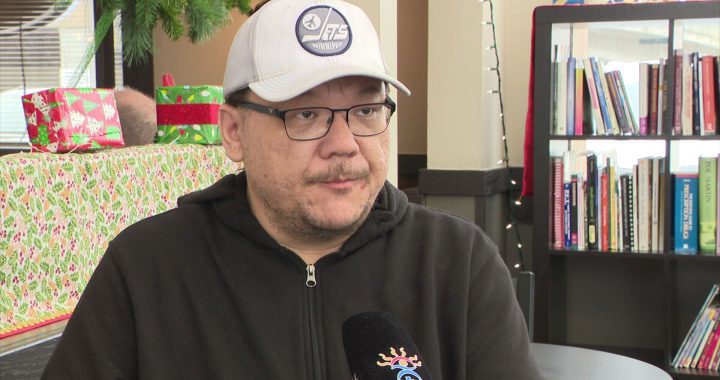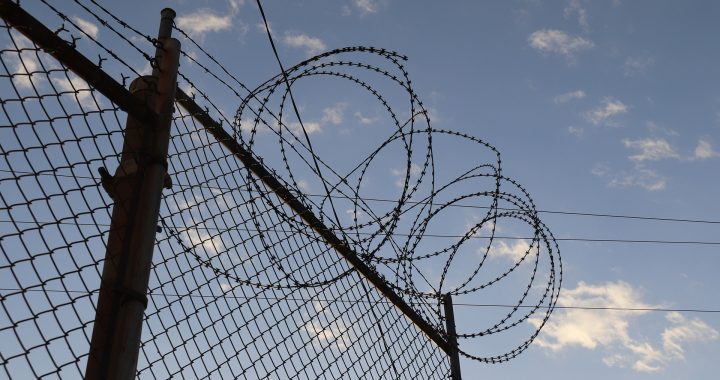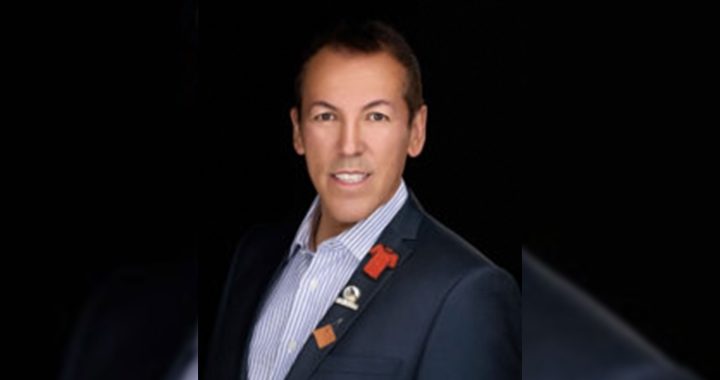Ontario’s chief coroner is setting up a panel of experts that will look at dozens of residential fires in Indigenous communities that have killed nearly 60 people in just over a decade.
Dr. Dirk Huyer says the panel – called the chief coroner’s table – will include coroners, forensic pathologists, fire investigators and members of Ontario’s Indigenous communities.
“We know there is a disproportionate number of fire deaths occurring in Indigenous communities relative to non-Indigenous communities and we really want to understand what we can about it,” Huyer said in an interview.
“This (table) is really drilling down deeply into each of the deaths … to look for systemic issues, trends or patterns.”
Huyer said 58 people died in 34 house fires in Indigenous communities between 2007 and 2016 – numbers for 2017 are not yet available.
The rate of fire-related deaths in Indigenous communities is more than 10 times higher than in the rest of the country, according to the federal government’s First Nations Fire Protection Strategy for 2010-2015.
Huyer’s fact-finding mission follows repeated requests for a coroner’s inquest into fire safety from the Nishnawbe Aski Nation, which represents nearly 50 nations in northern Ontario.
One of them, Pikangikum First Nation, lost nine people, including a five-month-old infant, in a house fire in March 2016.
“It’s devastating, it’s worrisome to know that our communities are so vulnerable,” Nishnawbe Aski Nation Grand Chief Alvin Fiddler said.
In the wake of the Pikangikum fire, the Nishnawbe Aski Nation established a fire safety campaign that, in part, promotes the use of smoke and carbon monoxide detectors.
“Many of our homes still rely on wood stoves for heat, so we (also) want to ensure the stoves don’t pose a danger,” Fiddler said. “If we need to replace chimneys we’ll replace chimneys.”
Unlike an inquest, the chief coroner’s table will not necessarily produce a report or make formal recommendations, Huyer said. But the table can be launched more quickly, and will have more leeway to investigate the broad issue of fires in Indigenous communities, he added.
The panel has until February 2019 to complete its work.
Nishnawbe Aski Nation leaders are still hoping for a full inquest but they will co-operate with Huyer’s panel, Fiddler added.
Matthew Miller, president of the Ontario Native Fire Fighters Society, said he is “completely in support” of Huyer’s plan.
“I believe that it has the ability to assist us to getting First Nation fire protection to adequate levels,” said Miller, who is also fire chief for the Six Nations of the Grand River community near Brantford, Ont.
“It is very important to gather First Nation fire-related data as it will assist in identifying possible solutions with a more focused lens on the identified issues which are killing our First Nation people,” he added.
Miller recalled a house fire in December 2017, in which a three-year-old boy died.
“I cannot adequately put into words the impact that this tragic fire had on our community,” he said. “We have had numerous close calls in recent years with successful rescues but unfortunately we cannot save everyone.”










